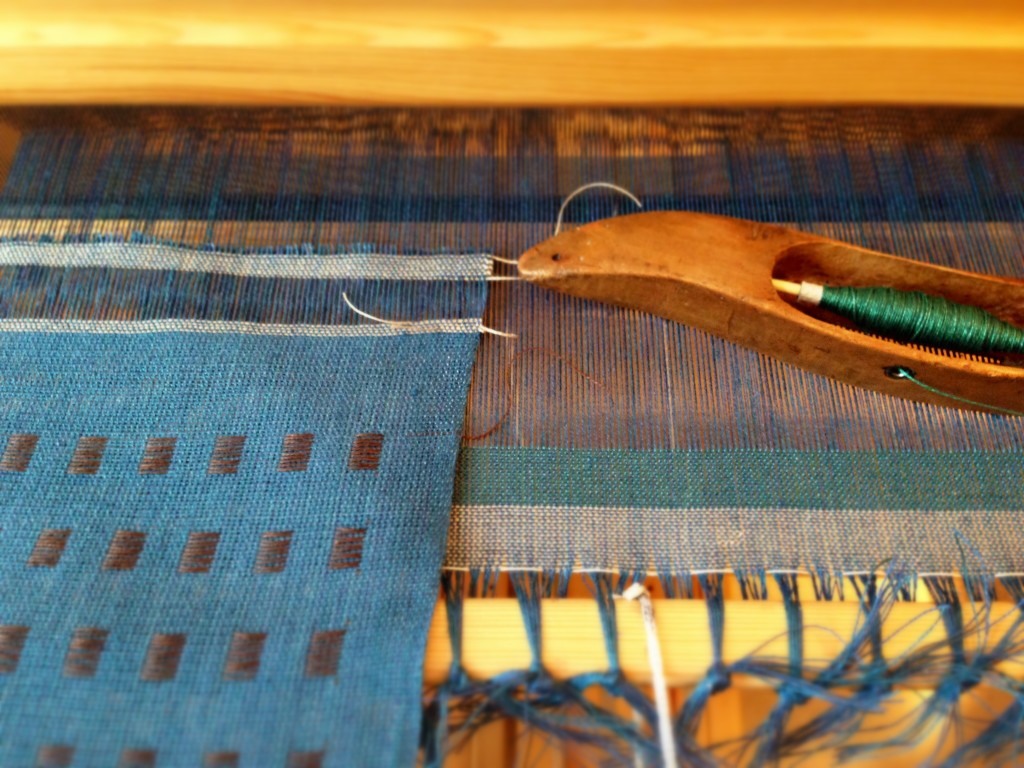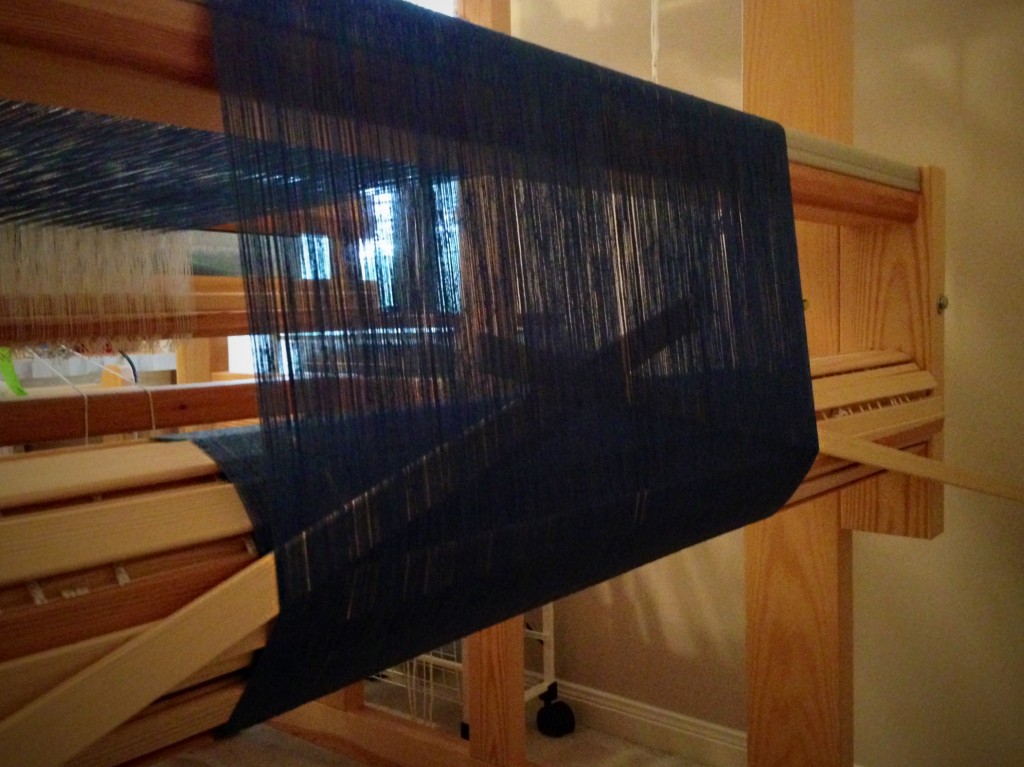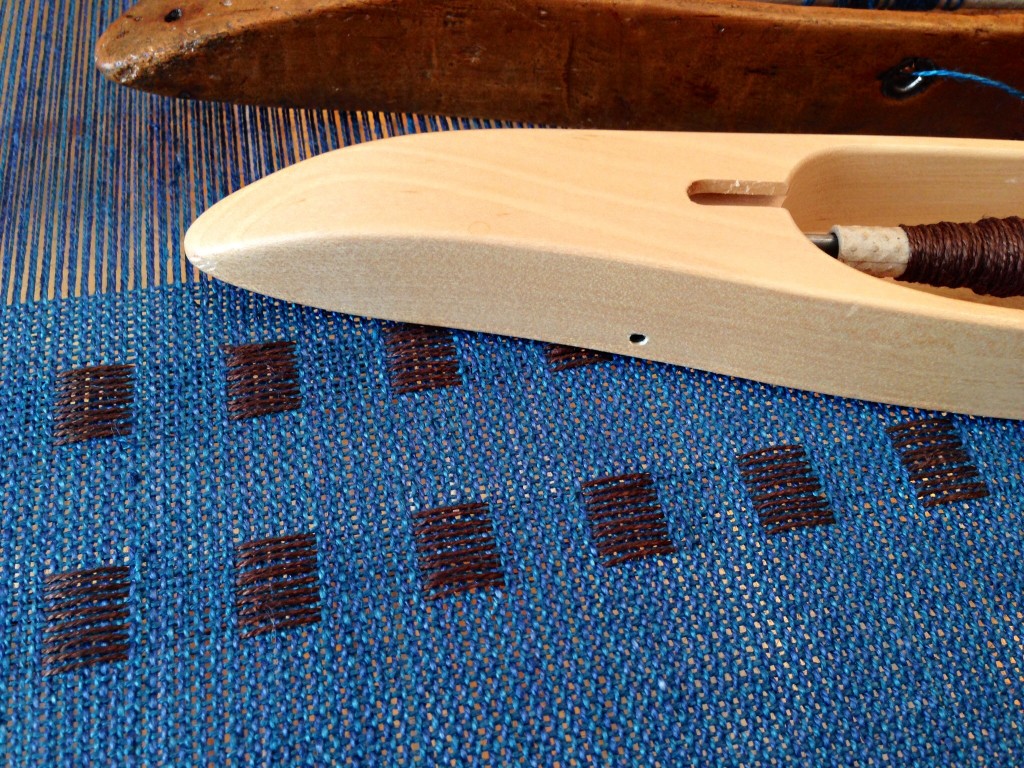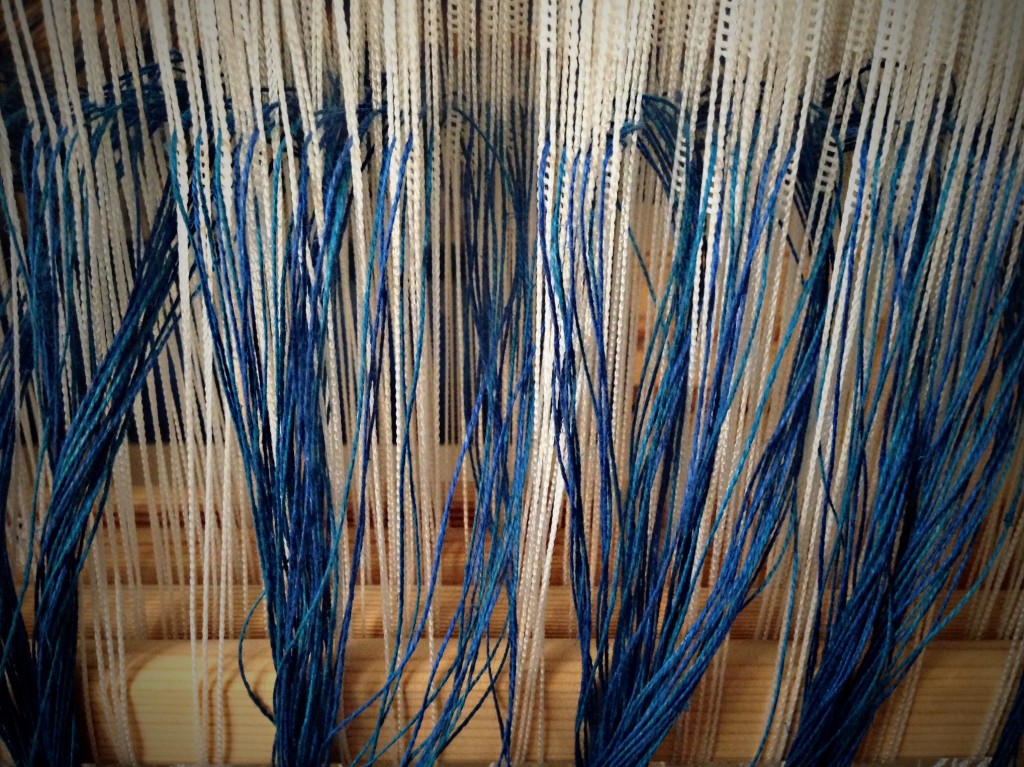Remember this linen dice weave fabric? The brown checks are sets of weft floats over the deep blue warp. I created two throw pillows with this striking linen fabric, and filled them with down and feather inserts. An invisible zipper makes a classy closure for a pillow like this. If you do it just right the little zipper pull is the only clue that there is a zipper in the seam. Fabric this special deserves a classy closure.
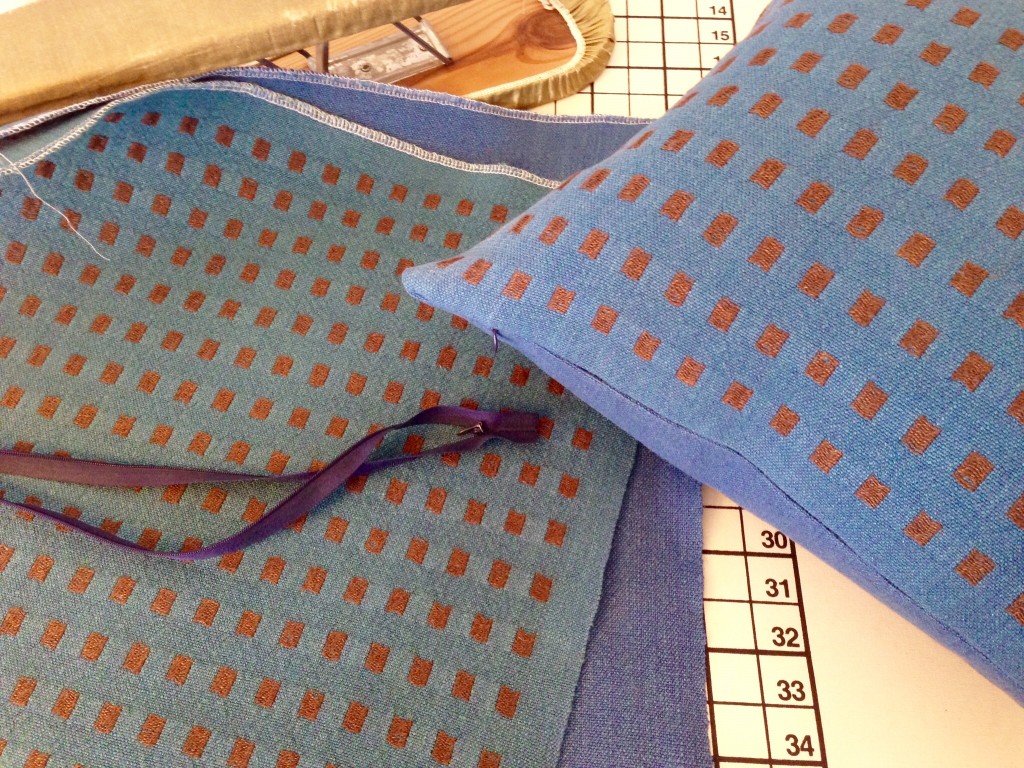
If you know the zipper is there, it is not hard to find. But if you are not looking for it, you could miss the invisible zipper, especially if it is inserted by an expert seamstress. Have you thought about noticing other things that are not immediately visible?
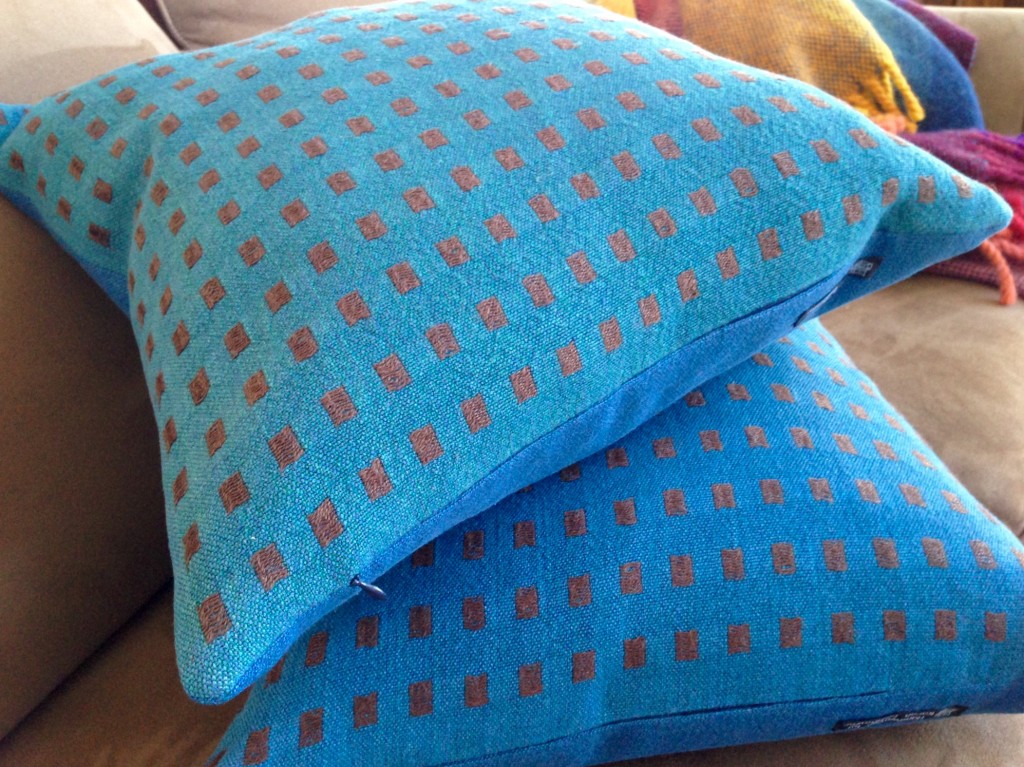
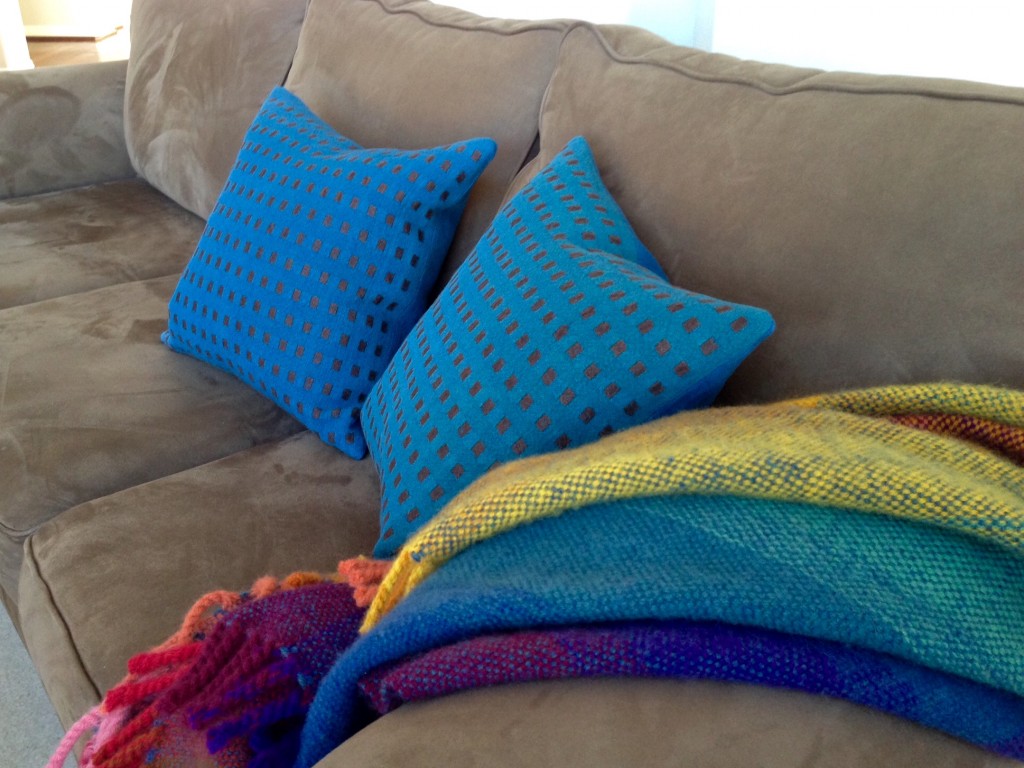
Faith is seeing the invisible. Faith is assurance that our hope is sound, and conviction that the unseen is true reality. As with the zipper, when you know the invisible is there, it is not hard to find.
May you notice details that are easily overlooked.
Hopeful,
Karen

